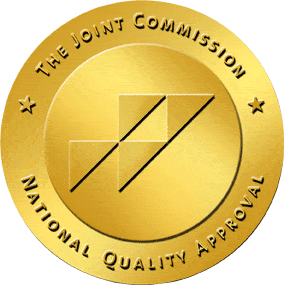Cognitive Behavioral Therapy (CBT)
Cognitive behavioral therapy (CBT) is an evidence-based treatment designed to alter the damaging negative thought patterns that some people develop about themselves. Examples of pervasive negative thoughts include, “No one loves me,” and “I’m not good enough”. There can also be an intense fear of abandonment or belief that others are constantly judging them.
These unwelcome mantras are examples of the type of thoughts that can be modified through CBT. The main focus is examining how thoughts, emotions, and actions relate to each other and how they are affecting behavior. Destructive and irrational belief systems can lead to unhealthy coping mechanisms, such as substance abuse or self-harm.
By helping our clients pinpoint and analyze these negative thought patterns, CBT can improve their coping abilities and help eliminate self-destructive behaviors.
Overview of Cognitive Behavioral Therapy (CBT)
Negative Thoughts, CBT Strategy Types, and Therapy Session Elements
The Impact of Negative Thoughts
Negative thoughts can trigger negative emotions and behaviors, making individuals feel bad about themselves. CBT helps clients recognize negative thought patterns, and it teaches them to step away from those automatic negative thoughts and test them first. The goal of CBT is to help clients correct their distorted beliefs.
CBT Strategy Types
Our therapists use many specific approaches that fall under CBT, depending on each client’s needs. In every case, the objective is to help each client deal with their underlying thoughts that affect mental distress. CBT focuses on identifying and modifying distorted thinking, behaviors, and emotional responses. Dialectical behavior therapy (DBT), a type of CBT, addresses how clients think and behave. It incorporates mindfulness, emotion regulation, or other techniques.
Key Elements of Therapy Sessions
The remaining sessions follow a general structure that uses the time as efficiently as possible. This structure also ensures that the therapists don’t miss any important details. While the therapist controls the topics and discussions, in the beginning, the client gains more control as they progress. By the end, this structure makes them feel empowered to continue on the path of self-improvement.
Homework is another key element and an essential part of CBT. At the end of each session, the therapist assigns the client activities to complete before the next session, which can include keeping a diary of situations that provoke anxiety or depression. During the next session, they review the events together and teach the client how to cope with similar situations in the future.





